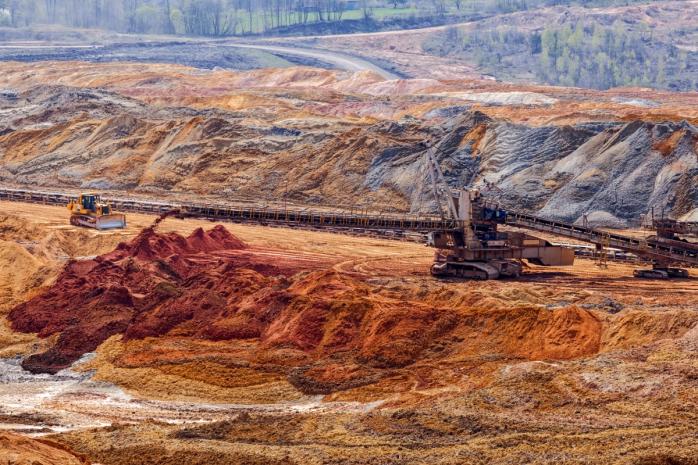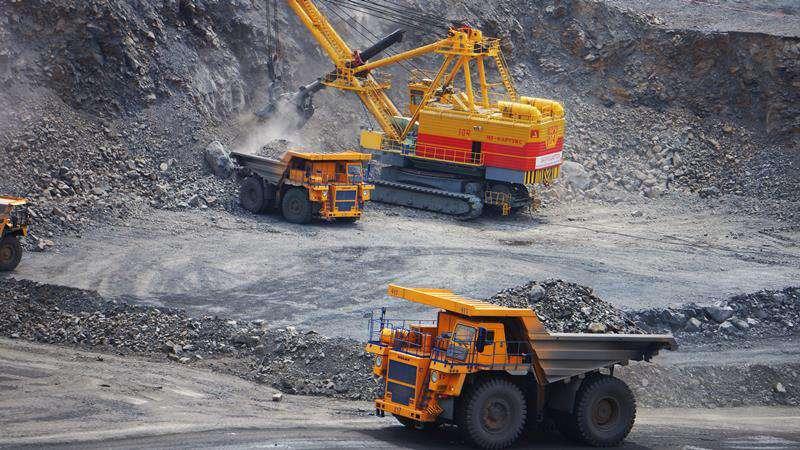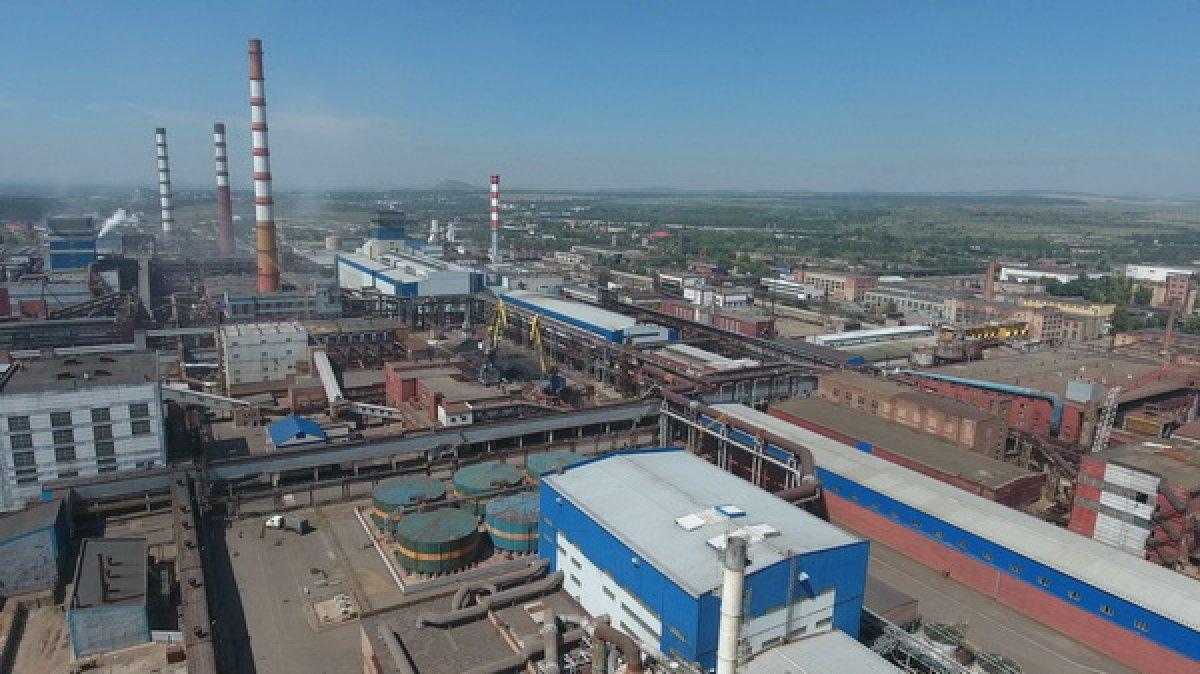Kazakhstan's hidden treasures New era for rare earth metals
Kazakhstan is embarking on a transformative journey by declassifying data on its rare earth elements (REE) and rare metals (RM) reserves. Prime Minister Olzhas Bektenov announced the country's plans to open access to deposits of indium, scandium, vanadium, thallium, gallium, and other rare earth elements previously classified during the Soviet era. This significant move is poised to attract foreign investment, drive economic growth, and position Kazakhstan as a key player in the global rare metals market.
Declassification & investment attraction
In December 2023, the Kazakhstan government took bold steps by declassifying REE and RM reserves information. This decision, coupled with the exclusion of certain reserves from the list of state secrets, marks a pivotal moment in the country’s mining industry. The government had previously seen success with similar measures in 2021, which attracted new investments in lithium, tantalum, niobium, and other chemical elements. For instance, Germany's HMS Bergbau AG, in collaboration with Qazaq Lithium, is already implementing a lithium project in the East Kazakhstan region.
To support the development of its mining sector, Kazakhstan is drafting a comprehensive national infrastructure plan. This plan encompasses key areas such as energy, transport, digital, and water infrastructure. The government aims to eliminate bottlenecks that hinder the rapid development of new metallurgical deposits. Specific measures include building a power grid for the mines and launching targeted investment programs with regional power grid companies. Additionally, plans are underway to construct railways to the most critical deposits, with completion targeted for 2029.

Kazakhstan is also embracing digital transformation to streamline subsoil use processes. The launch of mineral.gov.kz provides investors with free access to geological information and automates business processes related to subsoil use. This platform has already issued 2,577 exploration licenses and 148 mining licenses. By the end of the year, the website will offer 12 additional functions, including licenses for extracting commonly occurring minerals, geological exploration, and export of geological information. The government has also conducted online auctions for exploration and production of solid minerals, generating $7.5 million in subscription bonuses.
Global demand & strategic importance
To further incentivize exploration and mining, Kazakhstan has introduced significant tax reductions on REE and RM production. The tax rates now range from 1% to 7.8%, depending on the metal. For example, the tax rate for gallium production is set at 1%, graphite at 3.5%, tin at 3.9%, and vanadium at 5.2%. Higher rates apply to indium, platinum, palladium, tellurium, lithium, niobium, antimony, bismuth, cobalt, magnesium, and tantalum. These reduced tax rates aim to make Kazakhstan a more attractive destination for investors.
Kazakhstan's government has committed to funding the geological and geophysical survey of 2 million square kilometers. This extensive survey is part of the broader strategy to provide online access to geological information, thus facilitating exploration and mining activities. Andrei Lukin, chairman of the Senate Committee on International Relations, Defense, and Security, emphasized the importance of disclosing all information about REE and RM deposits classified during the Soviet era. These metals are increasingly seen as the "new oil," vital for various industries and technologies.
Rare earth elements and rare metals are critical commodities for developed countries, with global demand expected to quadruple by 2040. The World Bank estimates that Kazakhstan holds over 5,000 undiscovered deposits worth more than $46 trillion. The Kazakhstan Metal Scrap Association reports active exploration of 12 new REE and RM deposits in the East Kazakhstan region, including significant sites such as Kara-Ayak and Muncha.
Kazakhstan's mineral balance includes a diverse array of rare earth materials, such as beryllium, bismuth, tungsten, gallium, germanium, indium, cadmium, lithium, niobium, selenium, scandium, thallium, tantalum, tellurium, zirconium, osmium, rhenium, vanadium, lanthanum, and the cerium-yttrium group. Lithium, in particular, is highly sought after and can be mined at six Kazakhstani deposits: Yubileynoye, Verkhne-Baimurzinskoye, Bakennoye, Akhmetkino, Medvedka, and Akhmirovskoye.

The Institute of Geological Sciences of Kazakhstan has identified potential REE deposits at sites such as Kundybay, Zhanet, South Zhauyr, Koktenkol, Upper Espe, Karasu, and Karatau. These deposits may also contain uranium, adding further value to their exploration.
High-value metal osmium-187 sold at $10,000 & $200,000 per gram
Kazakhstan is the sole producer of osmium-187, an extremely valuable and rare metal. Osmium-187, a by-product of copper production, is produced from natural raw materials and is priced between $10,000 and $200,000 per gram. This unique capability positions Kazakhstan as a significant player in the global market for high-value rare metals.
Despite growing interest in REE and RM production, Kazakhstan's mining industry faces several challenges. Improving the technological approach to mining and processing is essential to ensure safety and efficiency. Additionally, attracting further investment and ensuring technology transfer are crucial for the development of these deposits.

Kazakhstan is actively seeking foreign investors and has adopted a comprehensive plan for developing the REE and RM industry until 2028. Following the recommendations laid out in this plan will be vital for the country's success in this sector.
Conclusion
Kazakhstan's strategic initiatives to declassify REE and RM reserves, coupled with infrastructure development, digital transformation, and financial incentives, position the country as a rising powerhouse in the global rare metals market.
With substantial untapped reserves and a commitment to fostering investment and technological advancement, Kazakhstan is poised to play a pivotal role in meeting the world's growing demand for these critical materials.
The government's forward-looking policies and proactive measures are set to unlock the full potential of Kazakhstan's rich mineral resources, driving economic growth and enhancing its global influence.






